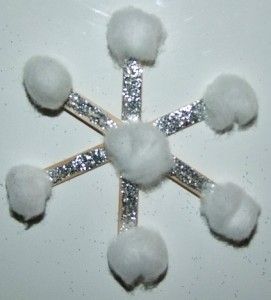Hi Claire,
I have been following your blog online over the summer and it has been a great source of inspiration with lovely hints and tips and I have really enjoyed reading it. I am currently undertaking the PME (Primary Education) and I am going into my second year and final semester of the course. In January I have an extended school placement which will involve a Special Focus strand where I will have to collaborate and implement a long term plan for the 10 weeks in a particular area. I have an interest in Visual Art and would love this to be my special interest focus but I have to implement a plan that will involve a whole school approach and I am just struggling to come up with an idea that will be suitable for all class levels and allow everyone to get involved. I am also a little worried about undertaking a project like this with regards to classroom management, and involving all class levels. If you had advice or tips they would be greatly appreciated as I am back in my old primary school and would like things to go as well as possible!
Any information you could provide would be greatly appreciated.
Thanks,
Kind Regards,
Katie
________________________________________________________________
Hey Katie, Awh thanks so much for the lovely message! :) Well done on being so near the end of the course, you must be excited to finish it.
I once co-ordinated a whole school project, there was a theme and each teacher was asked to add a certain area to the board. They put their own spin on it and it turned out to be a fantastic project.
This is probably different as you may be expected to do it all for your course.
The first thing I would do is think of a theme. This could be something based on the school's ethos, or maybe the time of the year?
You said that you are worried about involving the whole school- but I would see this as a positive. The senior years can help the younger years. They love this responsibility- and you'll be amazed at the children that shine in these activities, often children who are quiet or weak in other subjects. It's such a confidence boost to be able to help a younger child.
Maybe teach a skill to the older classes and let them show the younger ages how to do it? If you're doing it whole school it's always nice to do it in a team building way.
Have a chat with the teachers in the school, there might be some that love art and they will know the school and the children. They may be able to give you tips and ideas too.
I'll stick this up on the blog and maybe other teachers/artists with experience in this may be able to help too.
Best of luck with it!
Claire :) x x



























































